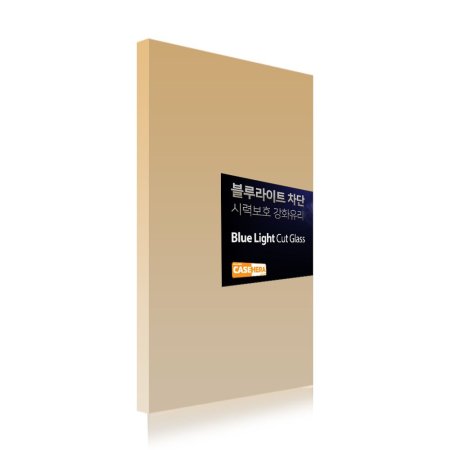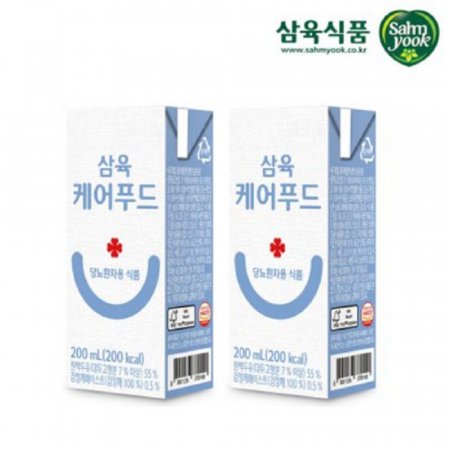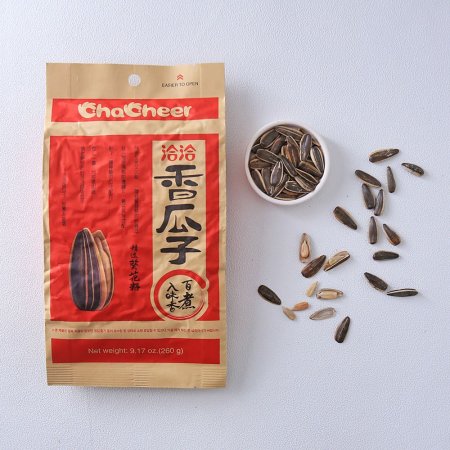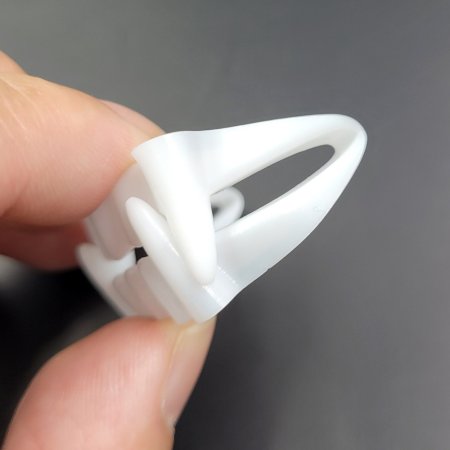[문화재청](국영문 동시배포) 국립문화재연구원, 파주 육계토성 발굴현장 공개

문화재청 국립문화재연구원(원장 김연수)은 지난 3월부터 추진 중인 파주 육계토성 발굴조사 과정에서 해당 토성이 백제 초기에 축조된 사실을 확인하고, 오는 27일 오후 2시에 발굴현장을 공개한다.
* 발굴현장 : 경기도 파주시 적성면 주월리 107번지 일원
파주 육계토성이 옛 성터라는 사실은 조선시대 문헌기록 및 일제강점기 지도를 통해 일찍부터 알려진 사실이었다. 또한, 1990년대부터 토성 내부 일부 지점에 대한 발굴조사로 백제 한성기 집터와 백제토기 뿐만 아니라 고구려토기까지 확인되어 학계의 주목을 받은 바 있다.
다만 토성의 축조 시기와 세력, 그 규모와 구조 등에 대해서는 학술적으로 분명하게 밝혀지지 않은 상태였다.
또한 파주 육계토성을 포함한 임진강·한탄강 유역의 고고유적이 군사지역으로 묶여 조사와 연구가 미진하자 학술적, 역사적 가치를 밝히기 위한 필요성도 꾸준하게 제기되어 왔다.
이에 국립문화재연구원은 지난해 7월, 파주시와 “파주 육계토성 중장기 학술조사를 위한 업무협약”을 체결하면서 지속적인 발굴조사를 추진하게 되었고, 올해에는 육계토성의 동쪽 성벽 및 내측 지역에 대한 조사를 하고 있다.
현재까지 동쪽 성벽과 내측 일부 지역을 조사한 결과, 육계토성이 처음 축조된 시기가 백제 초기라는 사실을 밝혀냈으며, 판축층 내에서는 이른 시기의 백제시대 토기 편도 출토됐는데, 무엇보다도 판축층에서 수습한 목탄에 대한 방사성 탄소 연대를 측정한 결과, 토성 축조의 중심 연대는 3세기 후반에서 4세기 전반인 것을 확인할 수 있었다.
* 판축 : 판축(版築)은 성벽, 담장, 건물의 기단 등을 조성하기 위해 판으로 틀을 만들어 그 안에 흙이나 모래 등을 층층이 부어 방망이 등으로 찧어서 단단하게 쌓아 올리는 대표적인 고대 토목 기법 또는 건축 기법으로 ‘달구질’이라고도 한다.
* 방사성탄소연대측정법 : 방사성탄소(放射性炭素 : C-14)를 이용한 절대연대측정법의 하나임
또한 백제 초기 성곽의 독특한 축조방법을 확인하였다. 동쪽 성벽의 일부 구간에서 서울 풍납토성과 유사하게 사각형(방형)의 틀을 짠 후 틀 안에 일정한 두께의 흙을 교대로 쌓아올린 판축기법이 확인된 것이다. 토성은 판축(版築)과 성토(盛土) 기법을 함께 사용하여 만들어졌다.
판축 기법은 동북 모서리에서 남쪽으로 약 150m 떨어진 동문지 추정 지점에서부터 북쪽으로 약 18m 가량 확인되었으며, 한 변이 3.2에서 3.5m 내외인 판축 단위를 나눈 후에 암갈색의 끈끈하고 차진 성질의 점질토와 모래 성분이 많은 황갈색 사질토 등을 교대로 쌓아 만들었다. 성토 기법은 판축 구간에서 북쪽으로 약 32m 조사되었다. 먼저 바깥쪽으로 흙을 높게 쌓아 올린 후에 다시 안쪽으로 흙을 채워 만들었다. 이를 통해 파주 육계토성은 판축기법을 사용했다는 점에서 백제 한성기 대표적인 성곽인 서울 풍납토성과 유사하면서도 판축과 성토 기법을 함께 사용했다는 점에서 다른 독특한 면모를 지니고 있다는 것을 알 수 있다.
* 성토 : 성토(盛土)는 흔히 흙을 돋우어 쌓는 것을 말한다. 이는 토성을 축조하는 가장 일반적인 방법으로 주변의 흙을 이용해 일정 높이까지 쌓아 올린 다음 마감 높이에서 두들겨 일정한 성벽 형태를 유지하는 방법이다.
더 자세한 발굴조사 성과는 27일 오후 2시 현장설명회에서 확인 가능하며, 누구나 별도 신청 없이 참여할 수 있다.
문화재청 국립문화재연구원은 올해 하반기 중 주거지와 동쪽 성벽 내측 및 내성 추정 지점에 대한 추가 학술조사를 이어나가 파주 육계토성의 구조와 내부 운영 체계를 파악해 나가고, 이 결과도 일반인에게 적극적으로 공개할 예정이다.
The National Institute of Cultural Heritage of the Cultural Heritage will unveil the excavation site of Yukgyetoseong on Wed., July 27th at 14:00, since the much disputed earthen fortification, whose field investigation was initiated in March, was confirmed to have been constructed during the early Baekje Period.
* Location :Juwol-ri 107, Jeokseong-myeon, Paju, Gyeonggi-do
Yukgyetoseong Earthen Fortification has always been known as an old castle through literature from Joseon and a map from the Japanese Occupation. Ever since the 1990s, certain areas within this archaeological site have been examined, resulting in discoveries of not only dwellings from Baekje’sHanseong Phase and Baekje pottery, but also Goguryeo pottery, attracting a great amount of attention from the academic circles. However, either the when and who relating to the construction nor the scope and structure of the earthen fortification have not been clearly determined academically so far.
Besides, the need to establish the academic and historical values of archaeological sites in the areas near the Imjingang and Hantangang Rivers including Yukgyetoseong have been constantly emphasized, by reason of insufficient investigations and research opportunities of the unapproachable military areas. Hence the National Research Institute of Cultural Heritage concluded the “Cooperative Agreement for Mid to Long Term Academic Investigations of Yukgyetoseong Earthen Fortification” with the city of Paju in July 2021, and carries out yearly excavations. The latest season was focused on the eastern wall and interior area of Yukgyetoseong.
The investigations so far have resulted as following: ▲ Materials that can determine the time of initial construction of the earthen fortress were secured.Panchuk rammed earth technique, similar to that of Pungnaptoseong, Seoul was detected at certain sections of the eastern wall. Fragments of early paddle marked pottery vessels were collected from the panchuk layer. Most importantly, the construction of the earthen fortress revealed to have been between the late 3rd and early 4th centuries, according to the results of radiocarbon dating on a charcoal sample extracted from the panchuk layer.
* Radiocarbon dating method :An absolute dating methode using radiocarbon (14C)
▲ Construction methods representative of early Baekje fortresses were disclosed. Both earth heaping and panchukmethods were used for the construction of Yukgyetoseong Earthen Fortress. First, an earthen dike that constituted the innermost part of the earth pile which was then filled with dirt, and parts of the exterior facade were adjusted with panchuk. The main panchuk section was recovered from the area presumed to be the eastern gate. 3.2~3.5(m) units of alternating dark brown clay and yellowish brown sandy soil constituted the central part, but the edges were adjusted and/or finished by earth heaping. YukgyetoseongEarthen Fortification, Paju revealed to have a considerable amount of similarities to Pungnaptoseong, Seoul, but also its original authentic aspects.
* panchuk : is a typical ancient engineering / construction technique for building plinths and alike of walls, fences and buildings, for which a framework is alternatingly filled with soils and/or sands of diverse attributes, which are then rammed (tamped) with bats or rammers until they are firm.
* Earth heaping :often refers to heaping soil and building it up. This is the most common way of building earthen walls, piling the soil from immediate periphery up to a certain height and finishing by paddling to realize a uniform structure throughout the entire architecture.
The latest investigation of Yukgyetoseong, Paju provided opportunities for fresh perspectives on construction techniques of early Baekje castles, alongside Pungnaptoseong and Mongchontoseong, Seoul. It is hoped that various data about the development patterns of Baekje’s castle construction methods and by extension cultural aspects around Baekje’s expansion to the Imjingang and Hantangang region would be concluded.
The National Research Institute of Cultural Heritage of Cultural Heritage Administration will continue to further inquire into the structure and interior operation systems of Yukgyetoseong Earthen Fortification through the academic exploration on the interior area of the eastern wall and presumed inner wall late this year, and actively disseminate the results to the public.
< 파주 육계토성 전경 >
[자료제공 :





























































